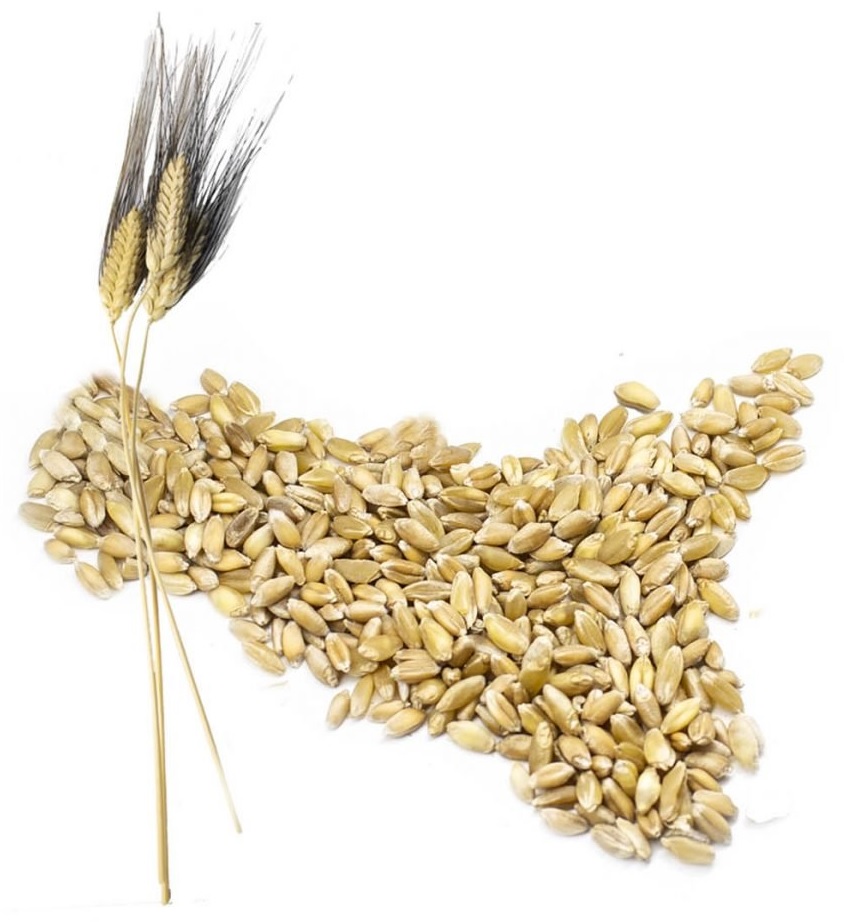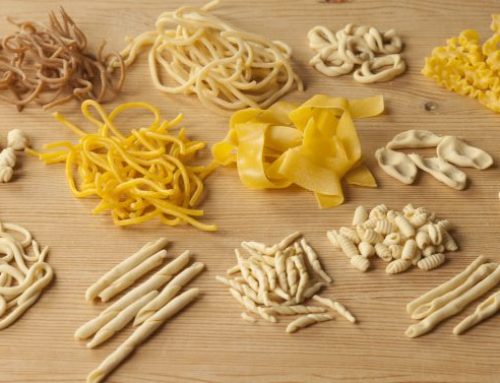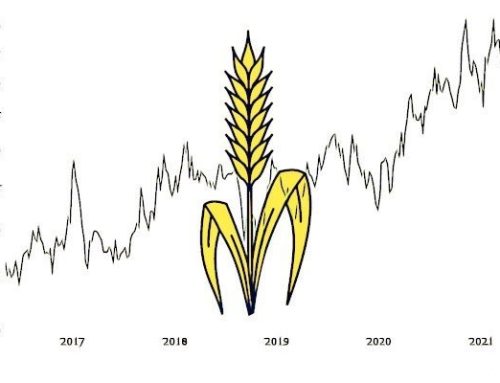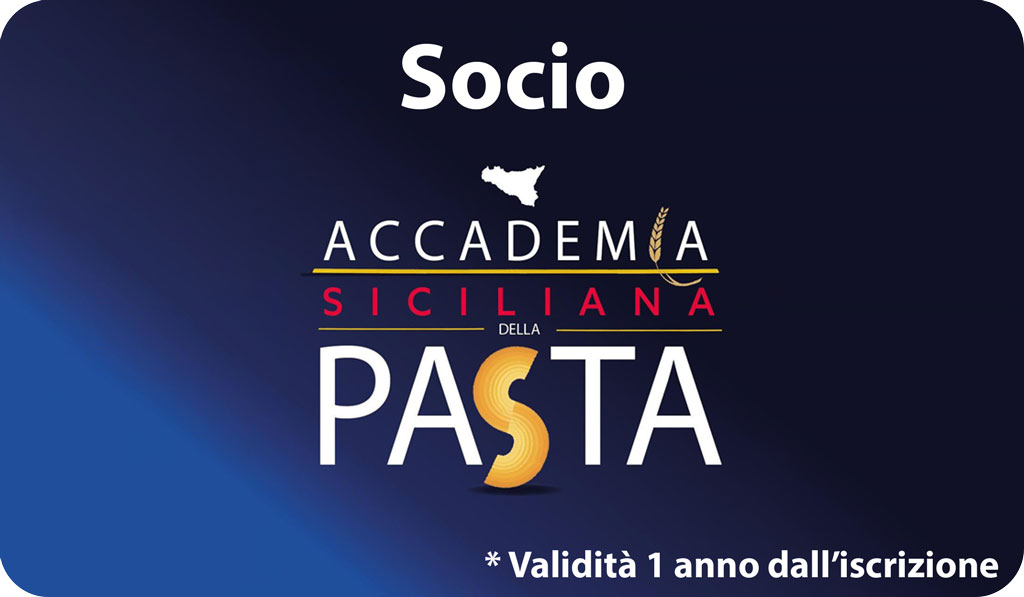Sicilian Wheat: richness of the Mediterranean diet
Dr. Anna Petronio
Anna Petronio is a dietitian professional, well known and respected in Palermo. She has been dealing with nutrition for more than 20 years with a particular attention to understanding how the body of each individual patient works better according to the diet that she establishes. The recovery of physical fitness is one of the most important objectives, not only physical but also healthy, and Anna manages to determine the right foods, giving a strong charge to those who have decided to undertake this change.
Today the following article is the right combination of two excellences: Science and Wheat, observed and analyzed by a great professional.
Wheat, rich in nutrients, a pillar of the Mediterranean diet, today seems to be in crisis, at least the modern one (white flour). The solution, therefore, lies in the return to ancient grains, the only ones that have not undergone modifications and do not require the use of pesticides and pesticides. These grains, in fact, have a natural resistance which does not require glyphosate, a carcinogenic substance; in addition, their tall stems have deeper roots that manage to draw more nutrients from the soil and consequently are richer in minerals, enzymes and proteins. They are ground stone producing less refined flours that maintain even more the nutritional properties of the grain.
In ancient grains the quality of gluten is different from that of common wheat; precisely, the sequence of amino acids is different and therefore the enzymatic digestion in the intestine changes, which favors their assimilation and elimination; all this translates into a more digestible and assimilable product also for children and avoids the risk of developing gluten sensitivity, which is now very widespread due to excessive consumption of foreign wheat enriched with gluten. As far as breadmaking is concerned, the best digestibility of ancient grains derives from the fact that this requires longer leavening times, consequently the yeast enzymes have more time to digest the toxic load of gluten. The consumption of ancient grains alternating with gluten-free cereals certainly removes the chance to develop this sensitivity that has nothing to do with celiac disease in which no type of wheat can be tolerated. In addition, in the ancient grains there is also a different composition of the starch with a lower glycemic index and therefore the intake of ancient grains pasta produces a lower post-prandial hyperglycemia, which is essential for a successful diet and weight maintenance. In addition, Sicilian ancient wheat pasta has absolutely extraordinary and unique nuances of smells and flavors.







Leave A Comment